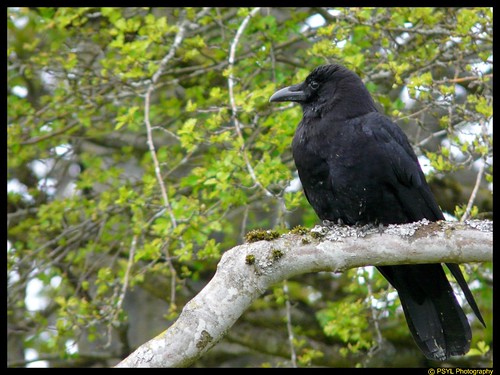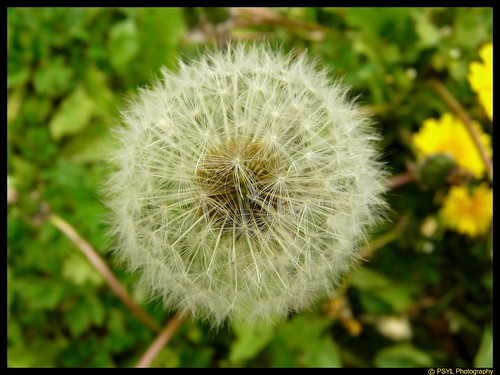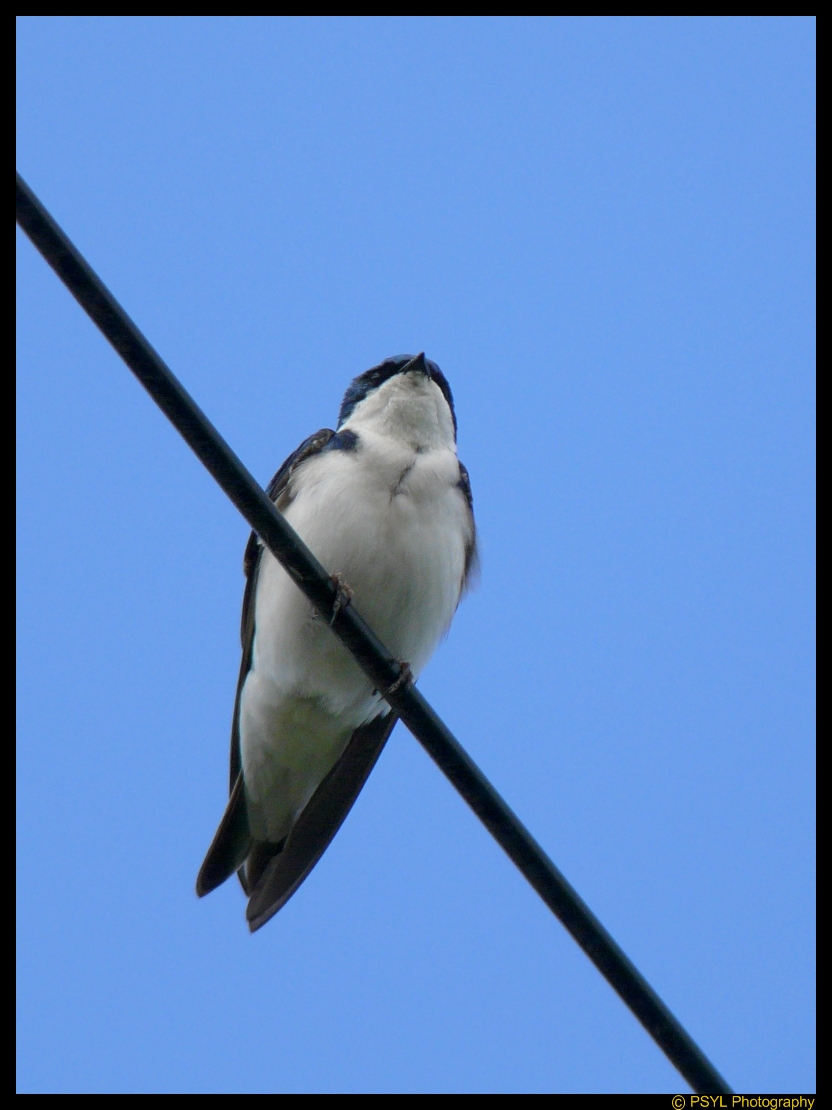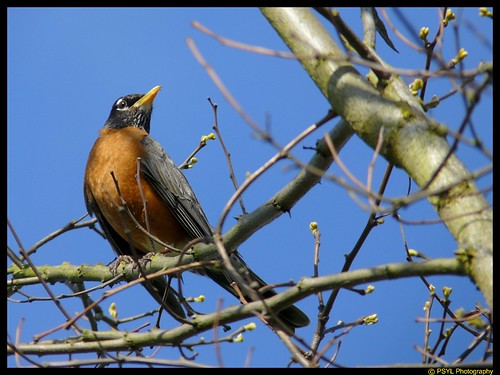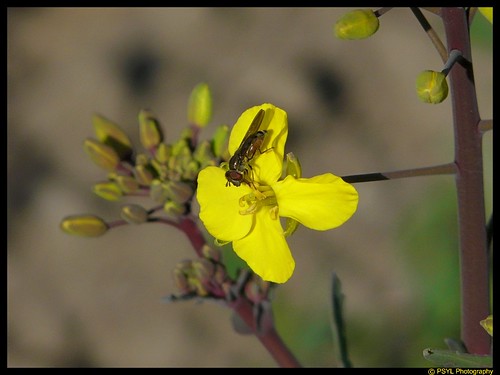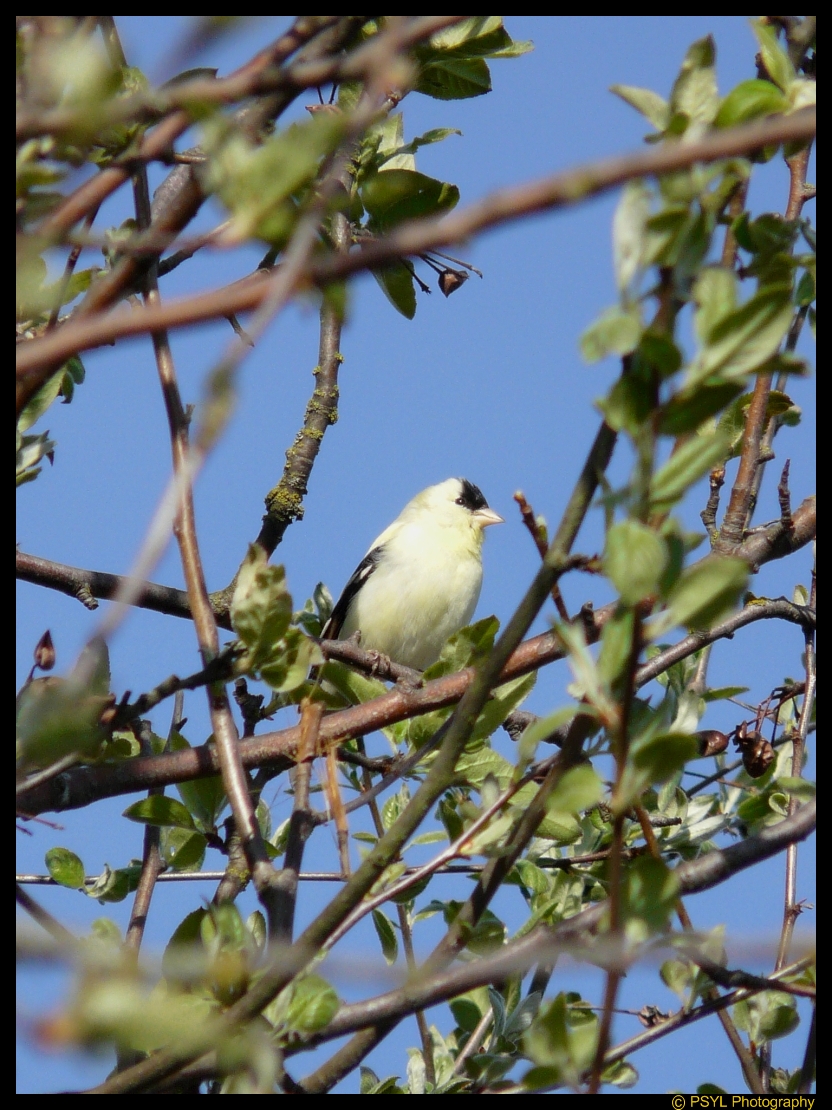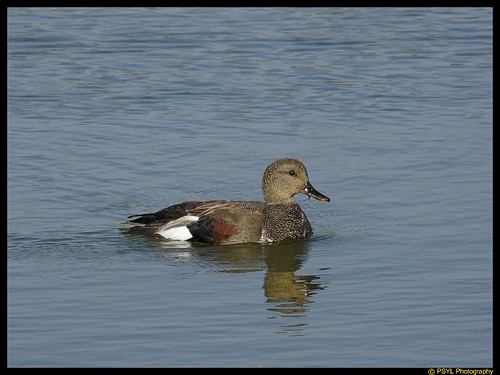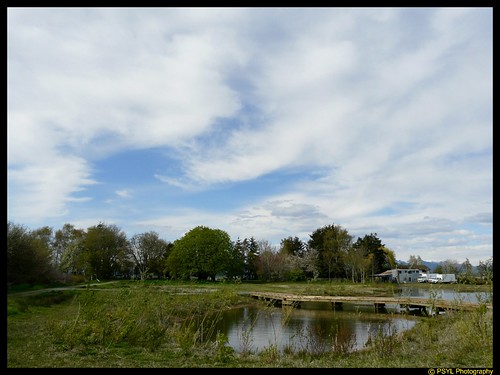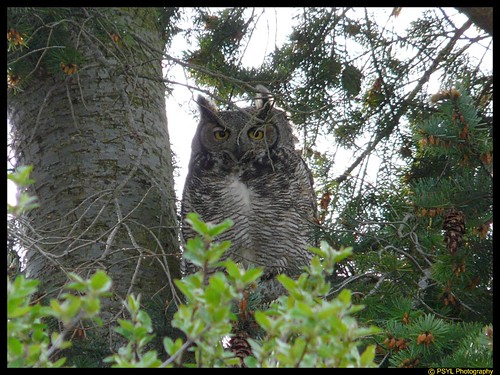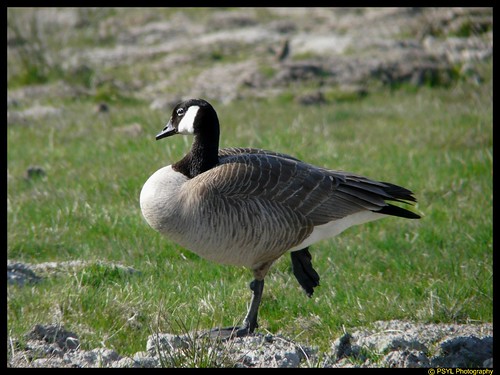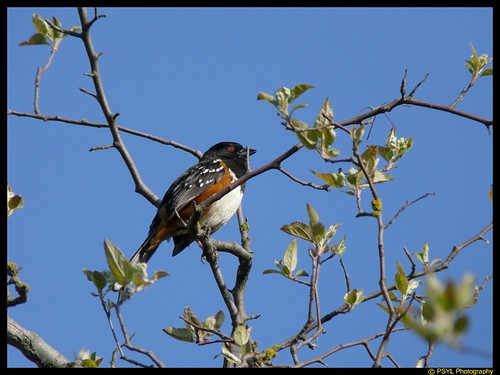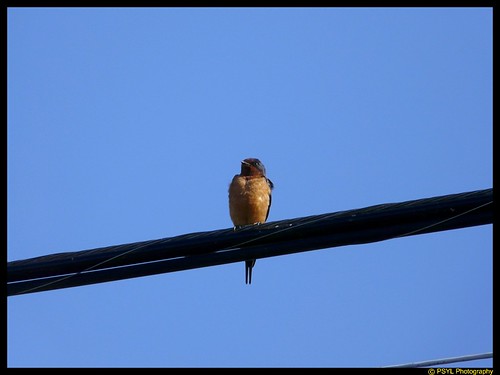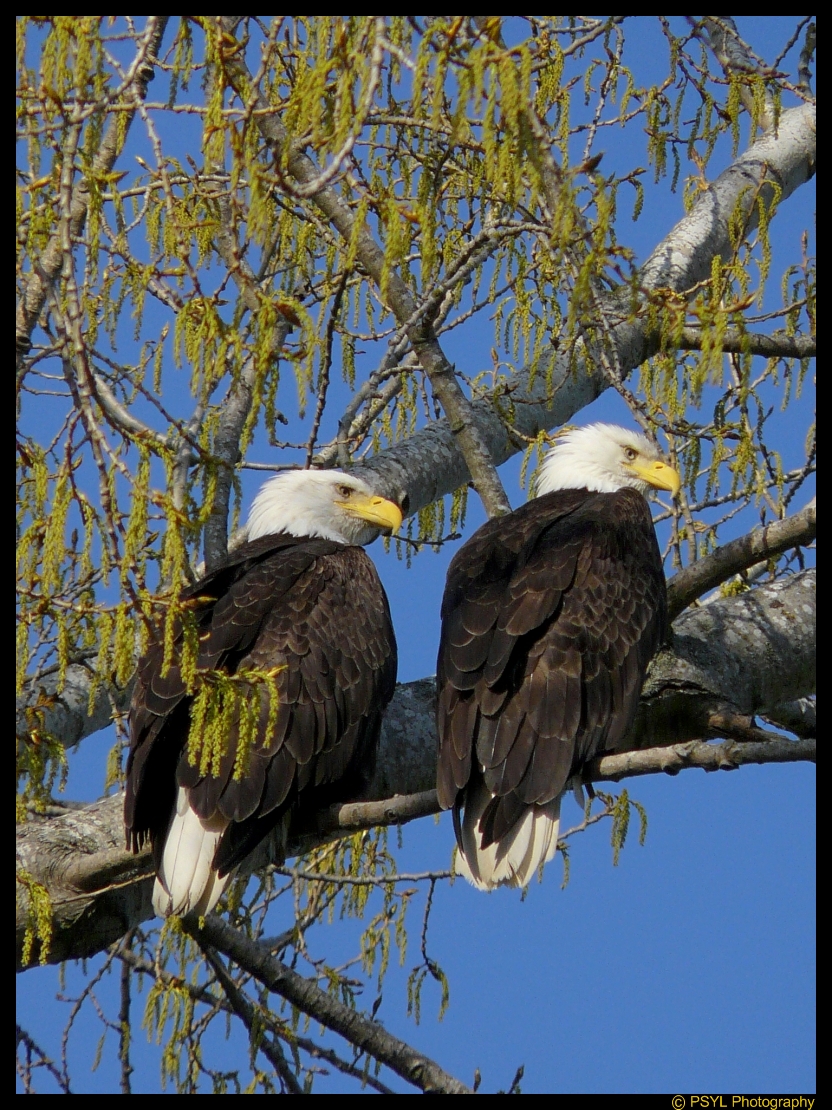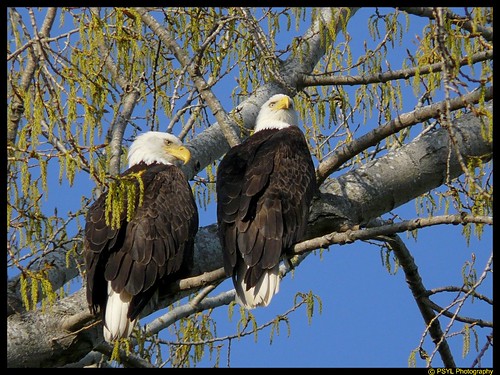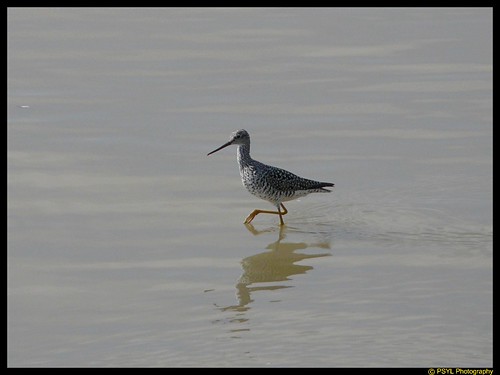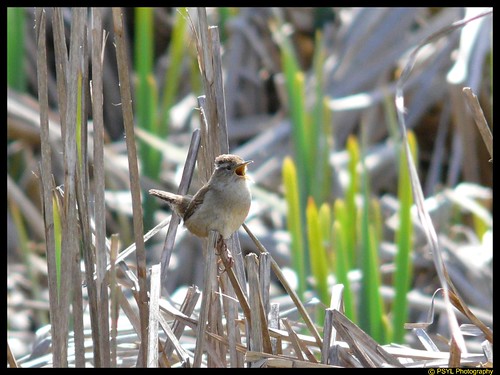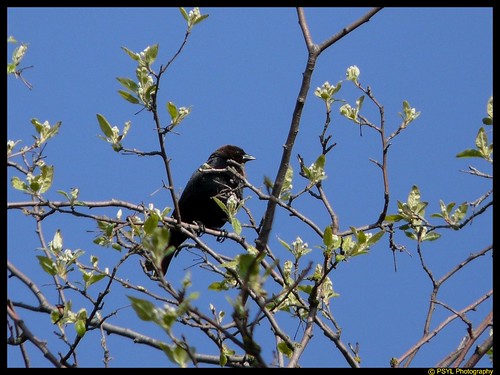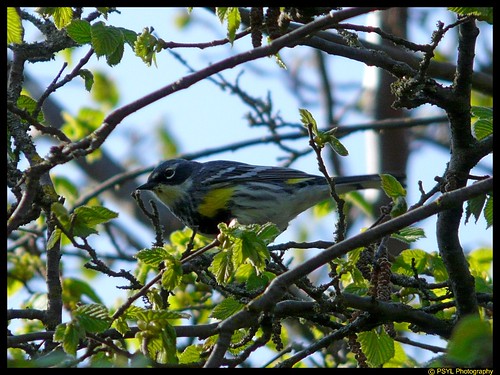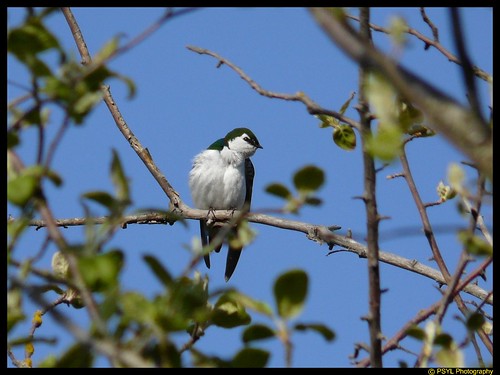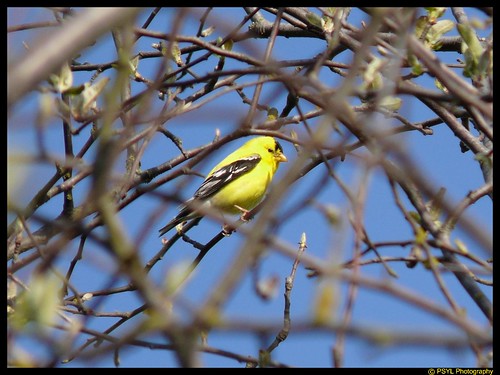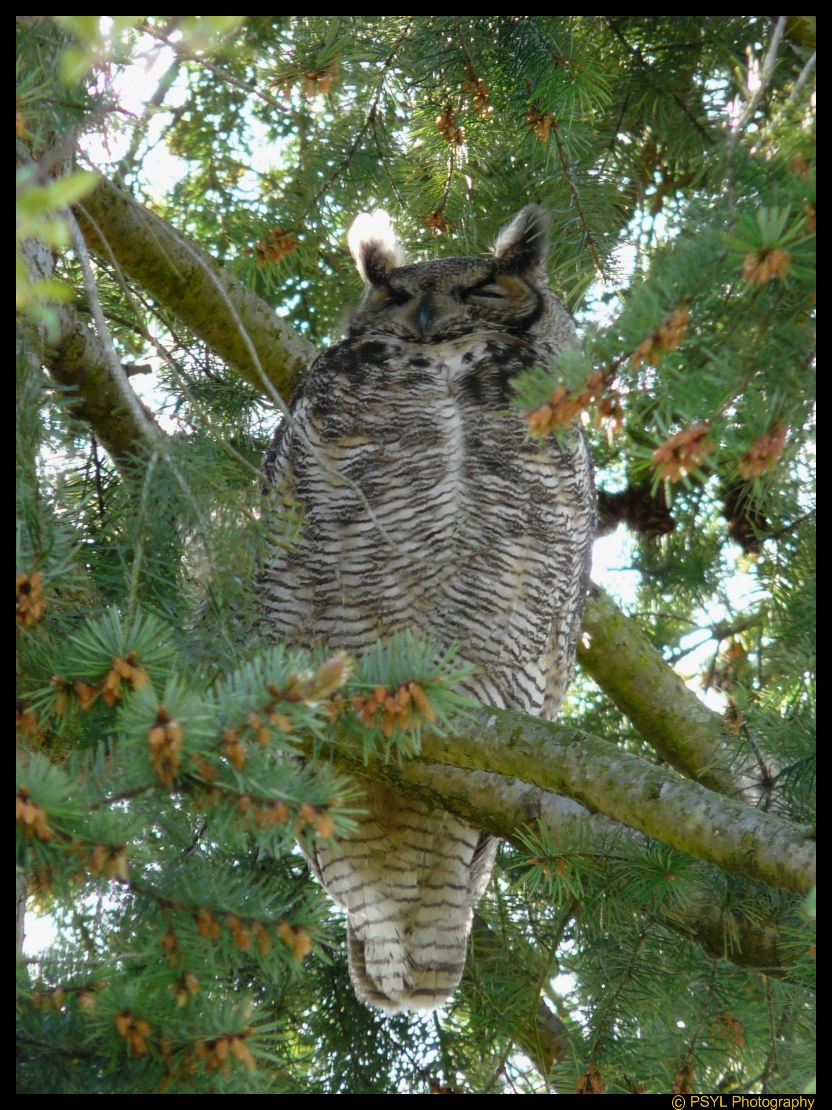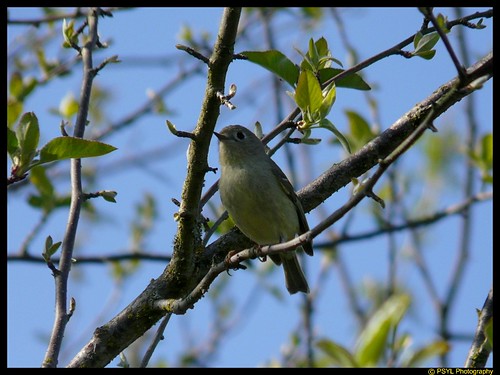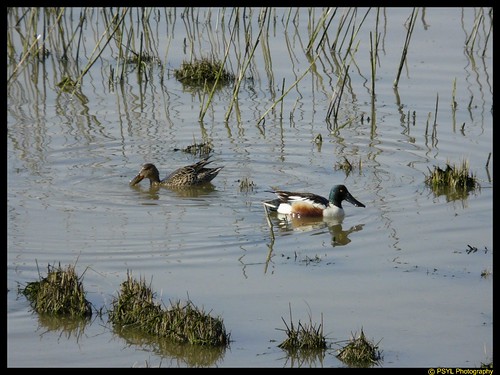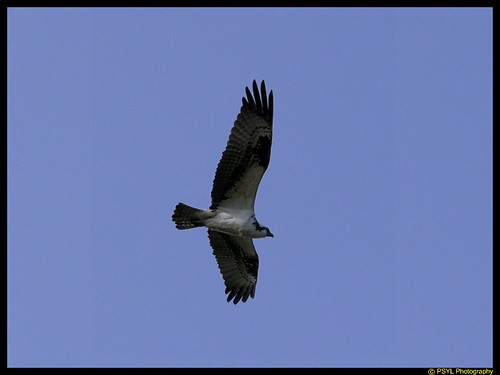This is a rare mid-day post, but I want to show off my newest addition to my camera (Panasonic DMC-FZ18). I just purchased a SONY VCL-DH1758 Tele Converter Lens (seen on the left) and it gives me a 1.7x magnification to allow me to shoot from 856mm at 8 megapixels!
There are a other (better) teleconverters out there usable with this camera, but this is a relatively cheap purchase at $60CDN, and I can't wait to try it out. Sadly, I will need a special lens adapter ring at 58mm (about $10CDN) that can be bought from Asia so I will ask my mother to buy it for me. But I will have to wait for another few weeks or so before I can properly join them together. Nevertheless, here're what the whole thing will look like if combined (use your imagination to imagine an adapter between the camera and the teleconverter). Nice, eh?

I met the seller in Steveston this morning and we did a quick exchange, and I was on my way birding along Steveston again. Even though I don't have the proper set-up yet, I did a little experiment. These photos are straight off the camera (other than resizing and framing). The top left photo is 8 MP at 504mm, and the bottom left photo is the 100% cropped picture of the seagull. The top right photo is hand-helding the lens in front the camera, so 8MP at 856mm, and the photo below it is the 100% cropped. Not too bad, but it will get better.

Along the shores, I saw many shorebirds.
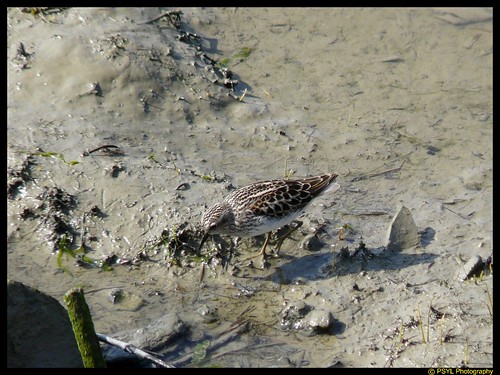
I think this is a Least Sandpiper (
Calidris minutilla). I am not too good with Family Scolopacidae, so any help is welcomed here (and everywhere). This is a lifer for me.

There were many of them around, poking and feeding in the mud.
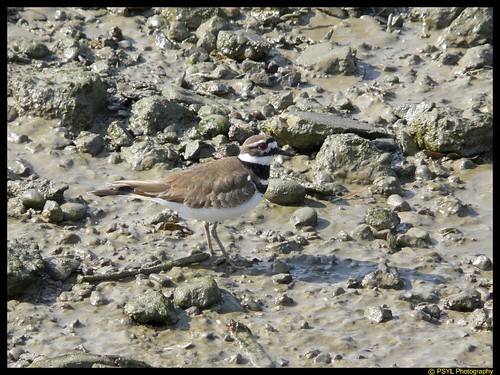
Occasionally, there were a few Killdeers among them too.
I'll make another post today if I do go out biking in the afternoon. Cheers!
.
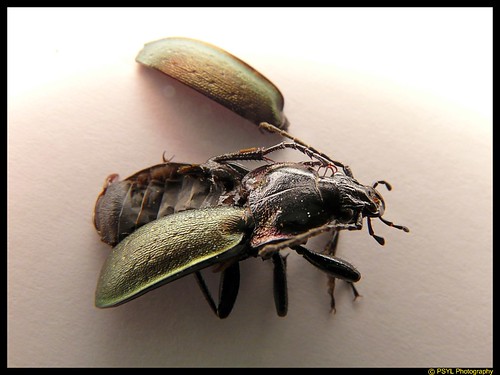
 I think the shoulder patch is getting larger? Although it looks quite dull in color on this male.
I think the shoulder patch is getting larger? Although it looks quite dull in color on this male.